Survey findings from CBRE show a growing number of businesses expect to increase their office footprint, despite remote and hybrid work arrangements.
Twelve months ago, one-third of companies were expecting to expand physically over the next three years.
This has now risen to over 40% overall, with the figure spiralling to 60% in the technology sector, CBRE said.
After a period of huge uncertainty there is more clarity emerging over the direction of future real estate strategy.”
Amy Tyler, associate director, CBRE Aberdeen.
The global commercial property giant also found a large majority of businesses (68%) expect to be promoting a more regular return to the office by the middle of this year.
More than two-thirds (70%) currently support a voluntary return, with only 6% insisting staff are back in the office full time.
More than seven in 10 companies surveyed (72%) are moving towards hybrid working.
Firms adjusting to ‘new reality’
Amy Tyler, associate director based in CBRE’s Aberdeen office, said: “Office occupiers face a complex matrix of issues as they adjust to and indeed shape a new reality.
“After a period of huge uncertainty there is more clarity emerging over the direction of future real estate strategy, with only a small minority of companies reporting no change.”
Ms Tyler added: “Acceptance, or endorsement of the reality of hybrid working patterns has gained traction, with employee time being divided more equally between home and office.
“Sometimes though this does just amount to vague statements of intent.
“There is undoubtedly a clear need for strong senior-level messaging and change management to guide employees through this phase.”
Nearly 90% of firms questioned by CBRE indicated they would be making changes to their commercial property strategy as a result of the pandemic.
The Charting the Future of the Workplace survey also highlighted the growing importance of workplace strategy, compared with the same period a year ago.
Companies are increasingly looking to increase collaborative areas – up from 36% to 63% – and revisiting design standards, up from 22% to 50%.
Strategies focused on upgrading or increasing workplace amenities – up from 9% to 36% – or altering layouts to provide more open space have also grown in popularity.
For example, CBRE client Esson Properties incorporated break-out spaces, lounges and sit-down “Zoom areas” when creating its “plug-and-play” accommodation at Blenheim Gate in Aberdeen.
The survey also revealed a heightened desire for health and wellness to be at the heart of new workplace strategies, with 41% of companies questioned citing this as important.
Market changes have also led to increased popularity for the flexible, or “flex”, office market.
The proportion of companies for whom flex space is less than 10% of their total portfolio is expected to drop from 86% now to 41% in two years’ time.
CBRE director Alistair Urquhart said: “We are seeing occupiers using their lease events as an opportunity to review their real estate portfolios
“Often the increase in flex has been driven by a means of entering new markets, and occupiers using this model for smaller office locations or where flexibility is desired.
“There is strong demand for not just serviced offices but also second-hand spaces, with good quality fit-outs.
“The desire of occupiers to expand into new markets is also consistent with flex office providers looking to do the same.”
Angela Lowe, senior director in CBRE’s Edinburgh office, said companies must decide how much personal autonomy to allow as they try to strike the right balance between office and home working.
Ms Lowe added: “Over half of companies aspire to an equal mix of office and remote-based work – up from 29% last year, while 38% think their workers will be at the office for three or more days per week.”

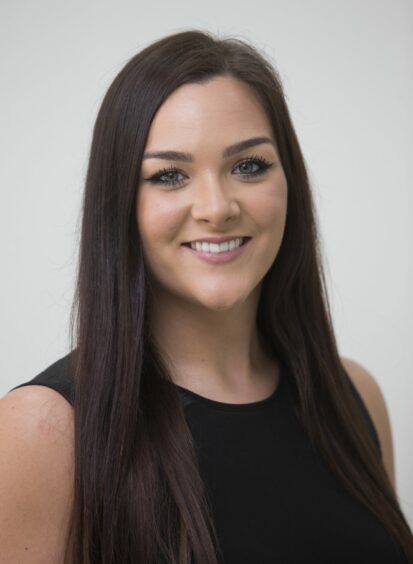
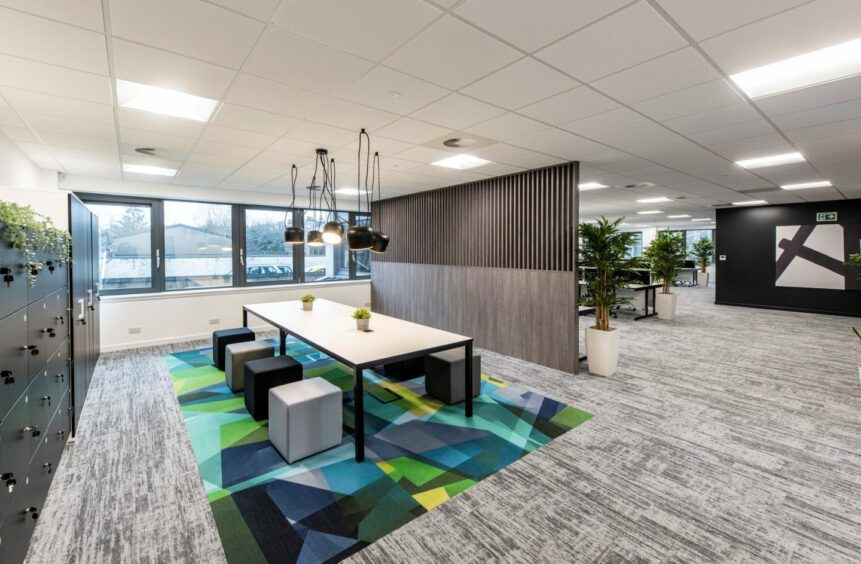

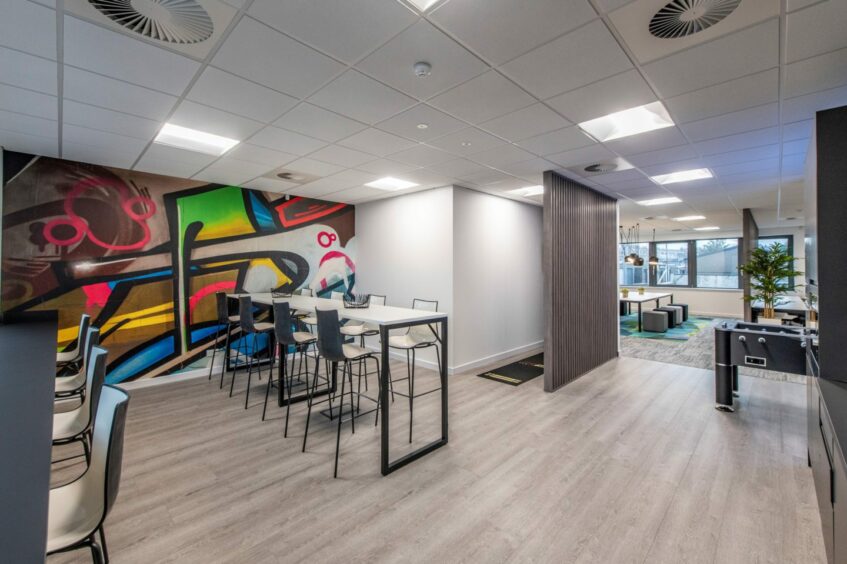
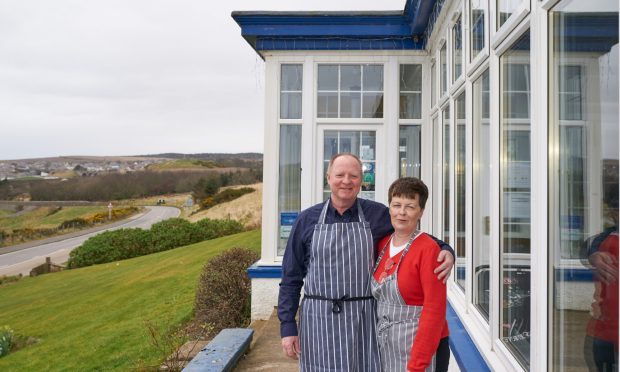
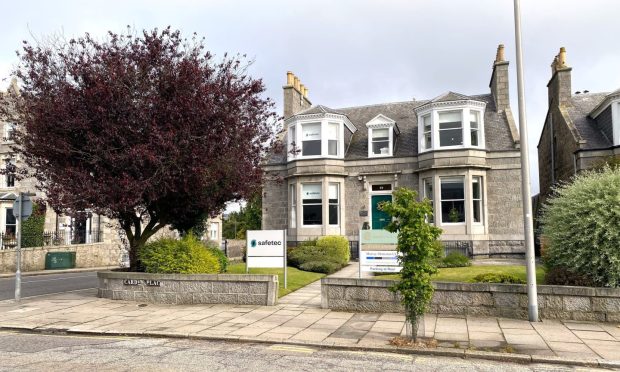

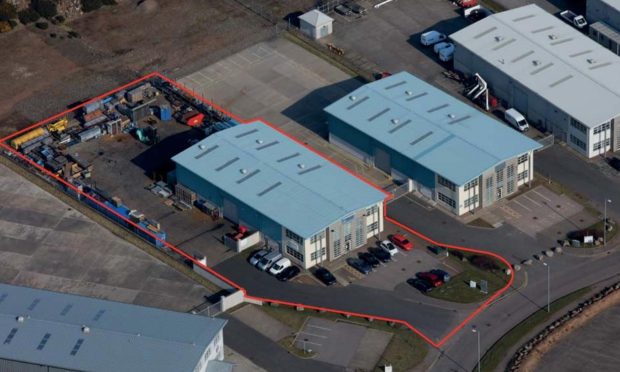
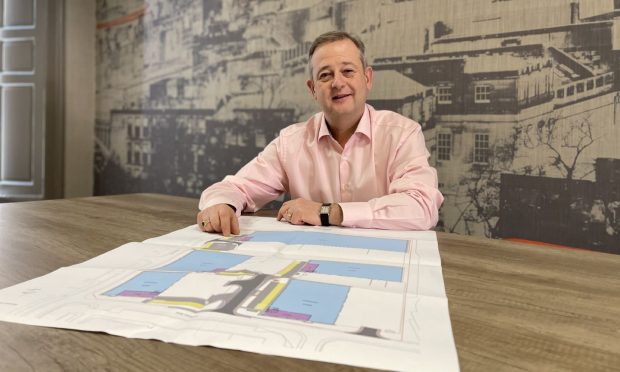
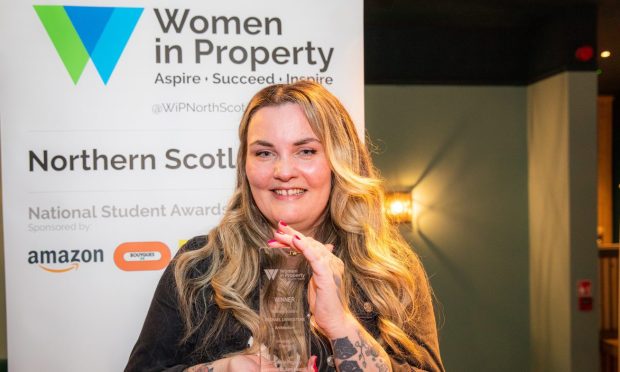
Conversation